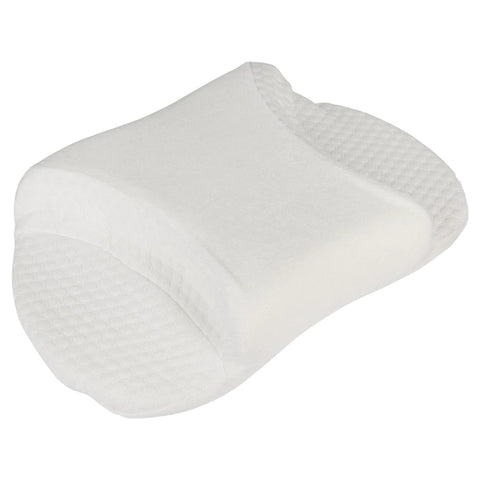Breathing & Respitory
A nebulizer turns liquid medicine into a very fine mist that a person can inhale through a face mask or mouthpiece.
CPAP, or Continuous Positive Airway Pressure, delivers pressurized ambient air (regular room air) through a delivery system (tubing and mask), thus eliminating apnea events during sleep. CPAP is the most effective treatment for sleep apnea and can potentially improve the patient’s sleep overnight; dramatically improving the quality of life for individuals afflicted with obstructive sleep apnea CPAP is the most common PAP device.
BiPAP, or Bi-Level Positive Airway Pressure, is another form of sleep therapy, which delivers alternating levels of a higher inspiratory pressure (IPAP) to keep the airway open as a patient breaths in, and lower expiratory pressure (EPAP) allowing the patient to exhale easily. Thus, a BiPAP is much easier for users with neuromuscular disease to adapt to. The dual settings allow patients to get more air in and out of the lungs without the natural muscular effort needed to do so.


